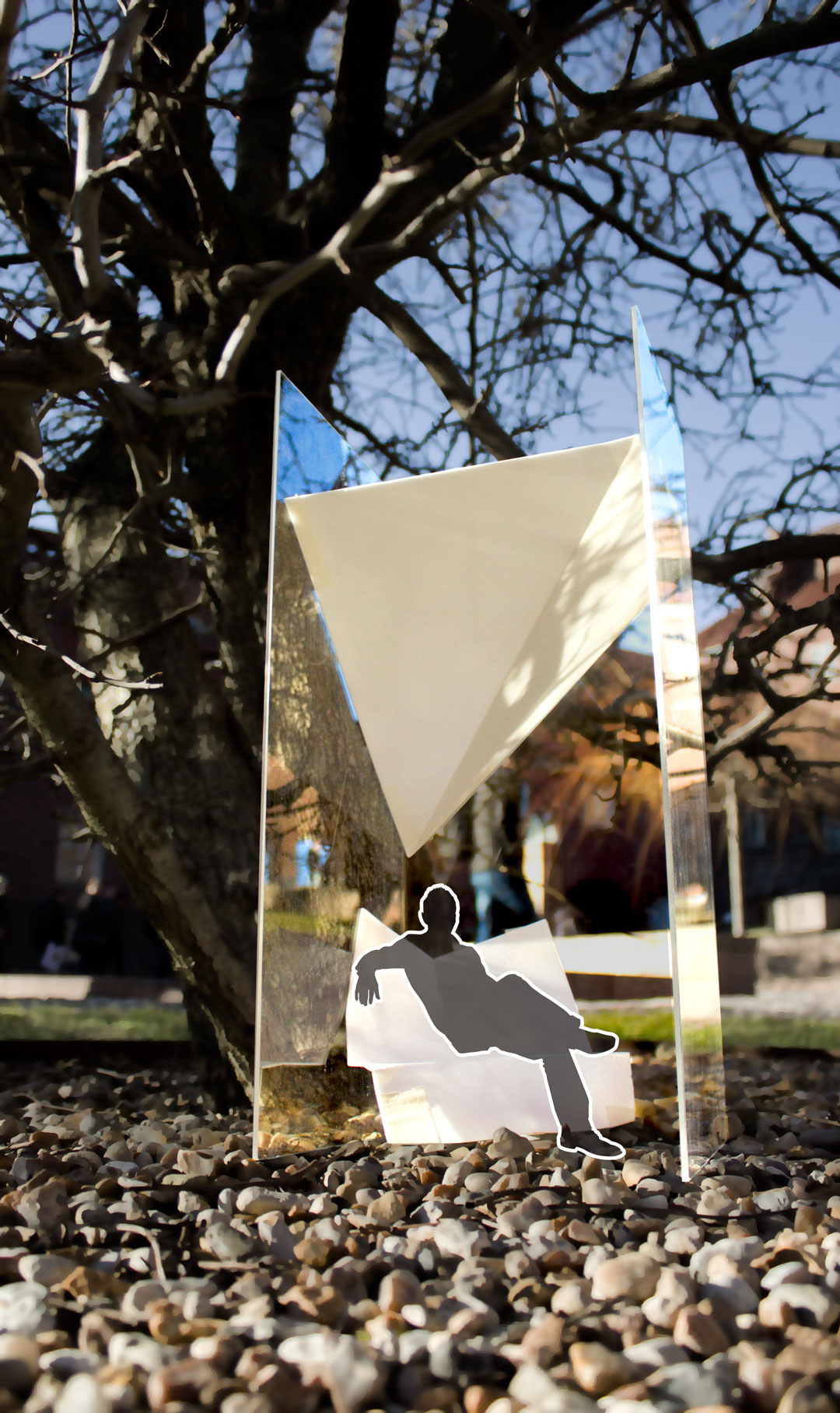Imagine a chair where you could communicate with somebody else far away, only by hearing and feeling them.
Brief description
Lean On is an interactive chair, which enables long distance communication and interaction through movement, voice and temperature between friends or strangers. Lean On can be installed in any park around the world. When two people in different locations sit on the chairs, those two chairs get connected therefore the person sitting on one chair can feel the movement of the other one. With the use of speaker button, one can talk to the person on the other side, each person can decide to stop the conversation by deactiviating the voice function. In addition, each person can feel the other’s environmental temperature on the surface of the chair.
Explorative Project
TopicLeisure
Used MethodsBrainstorming, parallel prototyping, speed dating, critique sessions and supervision
Technology usedIllustrator, Photoshop, After Effects, Premiere
TeamCharles Windlin, Joni Baitar, Asreen Rostami, Huiting Wang
My RoleStoryboard, Graphic Design, Video Editing
Lean On chair will be placed in a semi-closed space with three glass walls and LED roof. Each participant can enjoy the scenery in the park through the glass walls and have a view of weather condition, projected on the roof, which displays the other partcipant’s weather condition.
There are two kinds of communication between Lean On chairs: 1) random mode for strangers and 2) match mode for friends and known peers. In the random mode, as soon as two persons sit on the chairs, they get connected based on First Come First Serve (FCFS) algorithm. In the match mode, one can use the lean on app and send a temporary link as an invitation to his friend. Once the invited friend accepts the invitation and the connection is stablished, peers can interact with each other.
Final Presentation of the Concept
Starting from brainstorming, we experienced moodboard, persona, scenario, prototyping, case study, storyboard and role playing to make our initial concepts to a concrete design. We received feedbacks through interviews and speed datings. By iterating several times and using agile methods, our final design eventually finished.
The ideation process was carried out by everyone. I was specifically responsible for creating a consise storyboard, building a prototype in scale video editing a scenario video using Adobe After Effects and Premiere.

Presentation poster with image of the prototype.